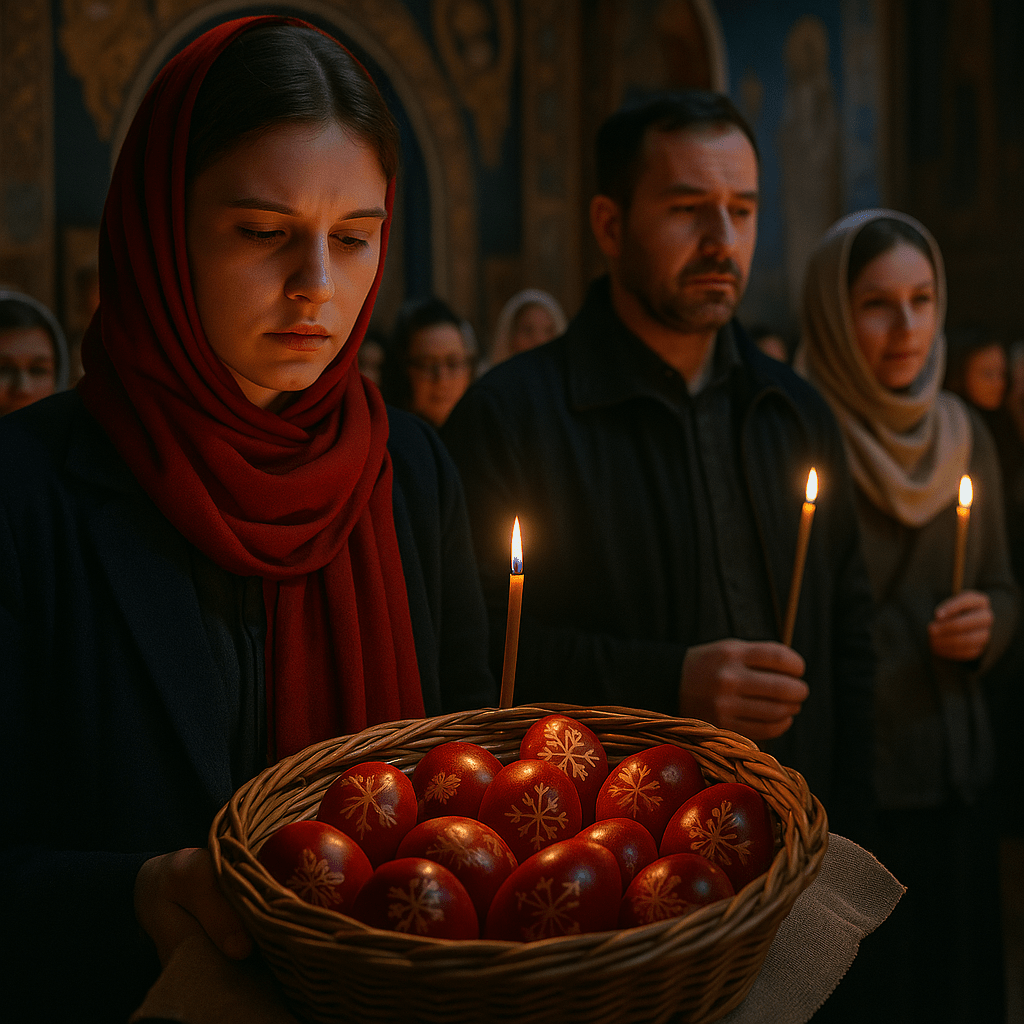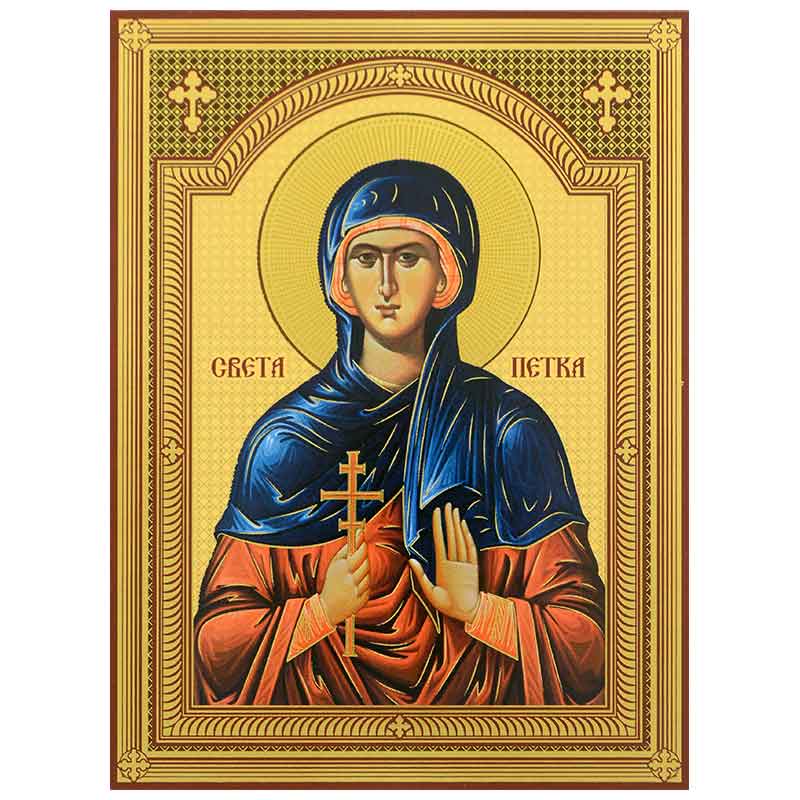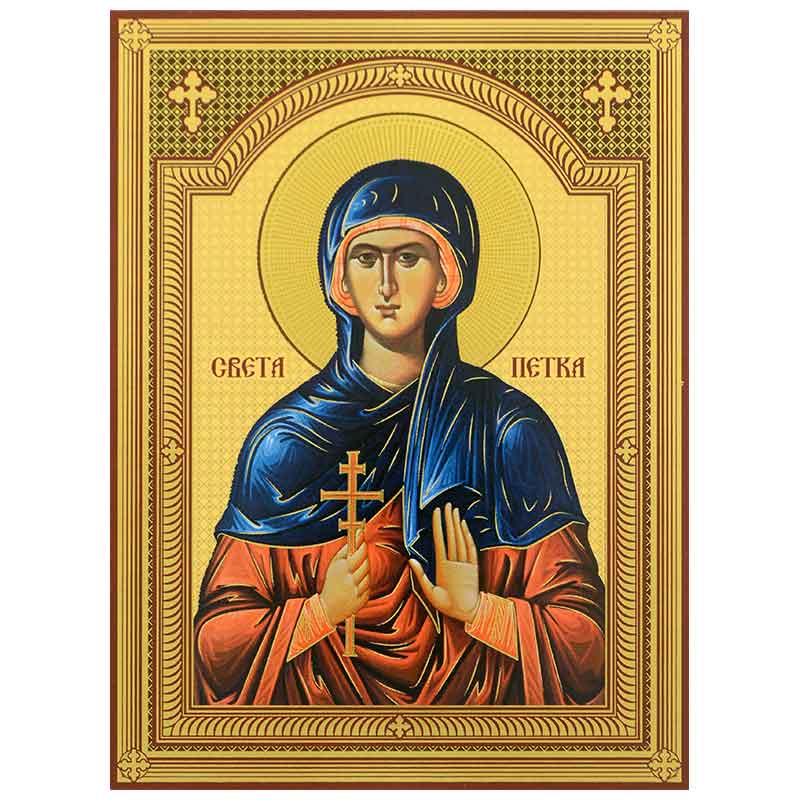
Holy Week before Orthodox Easter: Meaning, Customs and the Midnight Liturgy
Share
The Holy Week before Orthodox Easter—known as Strasna Sedmica in the Serbian Orthodox Church—is one of the most significant and sacred times of the liturgical year. It leads us from the hope of Palm Sunday through the Passion of Christ to the joy of the Resurrection (Vaskrs).
For Serbian Orthodox Christians throughout the diaspora – in Germany, France, Switzerland, Austria, Sweden and throughout Europe – this is a week of reflection, prayer and deep spiritual preparation for the feast of all feasts.
What happens during Strasna Sedmica – Holy Week before Vaskrs?
Palm Sunday (Cveti): Christ enters Jerusalem. The faithful greet Him with palm and olive branches—signs of honor, but also harbingers of the coming suffering.
Monday to Wednesday: In the so-called Bridegroom Services (Utroci), the Church reminds us of the vigilance of our hearts. Christ is the Bridegroom who comes unexpectedly.
Maundy Thursday (Veliki Četvrtak): Commemoration of the Last Supper. The Eucharist is instituted. On this day, many families begin painting Easter eggs—an act of devotion and tradition.
Good Friday (Veliki Petak): Day of the Crucifixion.
Morning: The Royal Hours (Carski Časovi) – Psalms and readings that deeply meditate on the suffering of Christ.
Evening: The solemn entombment (Plaštanica). The image of the dead Christ is carried in a cloth to the center of the church. The faithful bow, pray, and walk beneath it in silent reverence.
Holy Saturday (Velika Subota): A day of silence, but also of expectation. The liturgy already heralds the coming light—the victory of life is at hand.
Painting Orthodox Easter eggs: meaning, colors, and Serbian tradition
A central element of Holy Week is the dyeing of Easter eggs, which usually begins on Maundy Thursday. The first egg is painted red—as a symbol of the blood of Christ and the resurrection. It is called the čuvarkuća—the housekeeper—and remains in the house throughout the year.
Many Serbian families use natural dyeing methods with onion skins, leaves, and traditional patterns. This ritual is more than just decoration—it's a testimony of faith and an expression of love and connection with our ancestors.
Midnight Liturgy and Breaking of the Fast: Orthodox Easter in the Serbian Church
The night from Holy Saturday to Sunday is the climax of Holy Week.
The church is shrouded in darkness. At midnight, the priest lights the candle of Easter light and calls out:
“Hristos vaskrse!” – “Vaistinu vaskrse!”
A solemn procession around the church begins. Bells ring, the light spreads, and the Liturgy of the Resurrection of Christ (Vaskrsenje) begins.
After the service, the faithful celebrate their first communal meal in 48 days: the breaking of the fast (Paschalna trpeza). They begin with a blessed egg, toast, and eat pita bread, cheese, lamb, and other festive foods. It is a night of joy, fellowship, and gratitude.
How can you live Holy Week spiritually in the diaspora?
Even if you are far from Serbia, you can still celebrate Holy Week consciously:
Visit your Serbian Orthodox parish, especially on Good Friday and Easter Vigil.
Create a prayer corner at home, light a candle, read the Gospel daily.
Paint Easter eggs with your family, use natural colors, and share the meaning behind them.
Celebrate the Midnight Liturgy if possible – or pray at home with a burning Easter candle.
Share a simple but conscious Easter meal after the liturgy – as a sign of the joy of the resurrection.
From darkness to light – you are not alone
Holy Week is a journey: from the cry “Hosanna!” to the cry “It is finished!” – and to the joyful proclamation:
“Christ is risen!”
When you pray, paint a red egg, or participate in the midnight liturgy, you are part of a large, worldwide community.
You carry on the faith of your ancestors. You stand in the light of the resurrection.
“For Christ has risen from the dead, and has become the firstfruits of those who have fallen asleep.” (1 Corinthians 15:20)
Hristos vaskrse – Vaistinu vaskrse!


